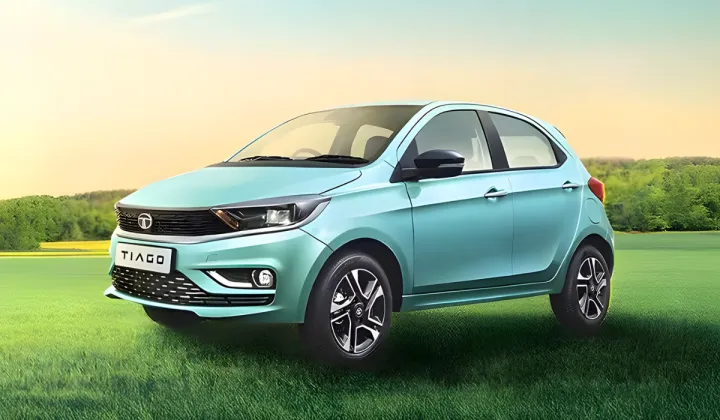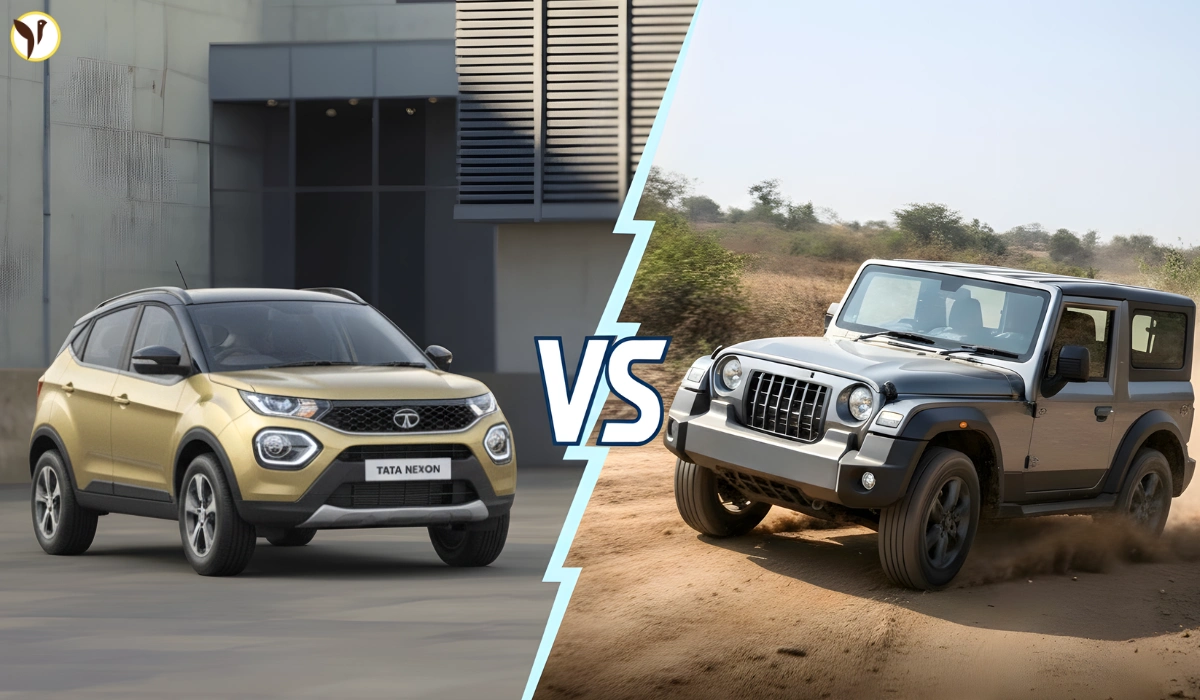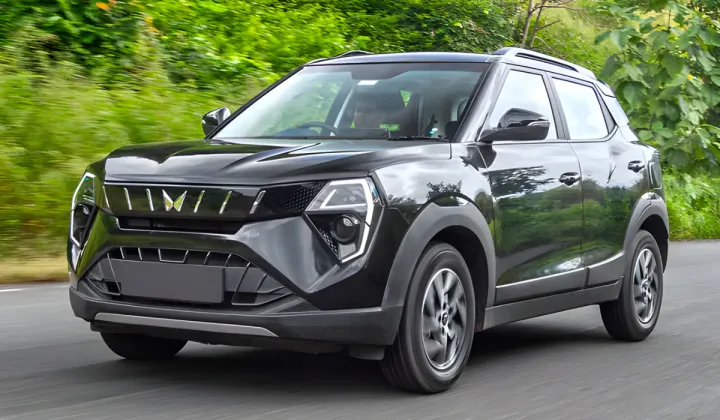India’s homegrown auto giants — Tata Motors and Mahindra & Mahindra — went head-to-head in September 2025, giving the industry one of its most competitive months in recent memory. With festive demand kicking in and the new GST 2.0 tax reforms lowering car prices, buyers rushed to showrooms in record numbers. While Maruti Suzuki continued to lead the market, it was Tata Motors that surprised many by overtaking Mahindra to claim the second spot in passenger vehicle sales.
Tata Motors Pulls Ahead in Passenger Vehicle Sales
Tata Motors recorded 60,907 passenger vehicle sales in September, a massive 47% jump compared to last year. This strong performance helped Tata move into second place in the national rankings. Mahindra & Mahindra, meanwhile, sold 56,233 units, marking a 10% rise year-on-year, but had to settle for third place.
For Tata, the growth was driven by its popular SUV lineup and a strong focus on both electric and CNG models. The Nexon, available in petrol, diesel, CNG, and EV options, remained Tata’s top-seller with over 22,500 units. Other contributors included the Harrier and Safari duo with 9,000 units, the Altroz hatchback with 7,500 units, and the Punch compact SUV with 6,000 units.

Mahindra’s Strength Remains Its SUV Powerhouses
Mahindra may have lost the No. 2 position, but it continued to show strong results in its core SUV segment. The Scorpio-N led the pack with more than 13,700 sales, underlining its popularity across urban and rural India. The Thar, including the new Roxx edition, delivered over 8,200 units, while the Bolero Neo followed closely with 8,550 units.
Other strong performers were the XUV700 with 7,300 units and the compact XUV3O with 7,500 units. Mahindra’s first wave of electric SUVs, led by the BE 6, added another 1,700 units, showing early signs of traction but still far behind Tata’s EV momentum.
How GST 2.0 Boosted Car Sales
A big factor behind September’s record sales was the GST 2.0 reform, which reduced car prices across multiple segments. Tata, in particular, benefited from price cuts of up to ₹1.55 lakh on select models, making its hatchbacks, CNG cars, and compact SUVs even more attractive.
This gave Tata a strong edge in the “affordable car” category, where price sensitivity is high. Mahindra also gained from the reform, but with many of its SUVs positioned in the premium range, the impact was not as strong as Tata’s. Combined with Navratri festival demand, the market witnessed a sharp surge in bookings and deliveries.
Electric and CNG Cars Drive New Growth
The biggest trend emerging from September was the rapid adoption of EVs and CNG vehicles. Tata reported over 9,000 EV sales, nearly doubling from last year, and more than 17,800 CNG units sold across models like the Nexon, Altroz, Punch, and Tigor. This firmly established Tata as the leader in both categories.
Mahindra, while still dominant in rugged SUVs, is slowly making its mark in EVs. Its BE 6 electric SUV showed encouraging numbers but is still in its early stages. For now, Tata holds a clear lead in the electric mobility space, which is becoming a key factor in long-term market dominance.
Tata Motors vs Mahindra Model-Wise Sales
|
|
|
|
|
|
|
|
|
|
|
|
|
|
|
|
|
|
|
|
|
|
|
|
|
|
|
|
|
|
|
|
|
|
|
|
|
|
|
|
|
|
|
|
|
|
|
|
|
|
|
|
|
|
|
|
|
|
|
|
|
|
|
|
|
|
|
|
|
|
|
|
|
|
|
What This Battle Means for Indian Buyers
For customers, the Tata-Mahindra rivalry is translating into better choices, competitive prices, and more technology-driven vehicles. Here’s what it means for buyers going forward:
-
Lower Prices: GST 2.0 and festive offers have made many models more affordable.
-
More EVs and CNG Options: Buyers now have access to cleaner, cheaper-to-run vehicles.
-
SUV Boom: Both Tata and Mahindra are expanding their SUV portfolios, giving customers wider choices in every price bracket.
-
Better Features: Competition ensures that models come packed with more safety, infotainment, and comfort features.
Tata vs Mahindra Segment-Wise Sales
|
|
|
|
|
|
|
|
|
|
|
|
|
|
|
|
|
|
|
|
|
|
|
|
|
|
|
|
|
|
|
|
|
|
|
|
Conclusion
September 2025 highlighted how intense the competition has become between Tata Motors and Mahindra & Mahindra. Tata’s aggressive strategy in EVs, CNG models, and competitive pricing allowed it to leap into second place. Mahindra, while slightly behind in overall numbers, continues to dominate in traditional SUVs and enjoys strong brand loyalty.



/content/stories/thumb/thumb691c5c7864fa50.16194184.webp)
/content/stories/thumb/thumb691c75806659b3.17171291.webp)
/content/stories/thumb/thumb691c3ed73a9867.67594897.webp)
/content/stories/thumb/thumb691c481a66abd1.54391483.webp)
/content/stories/thumb/thumb691c158a3f9078.26275119.webp)


